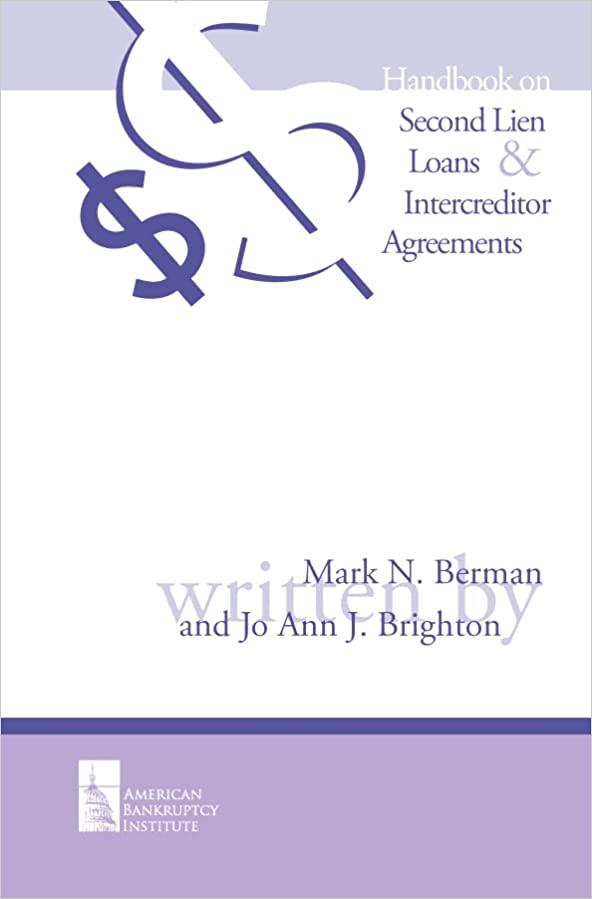Question
Im having a really hard time understanding the logic behind the following questions, Can you please write the rules and logic that will clarify why
Im having a really hard time understanding the logic behind the following questions, Can you please write the rules and logic that will clarify why we pick one answer VS another, I have the answers I just dont understand how the other answers dont apply. THANK YOU
a) A new project with a life of 10 years, costs $210,000 and is expected to generates annual net cash inflows of $x each year. The project has a discounted payback period of 9 years. Which of the following statement/s is/are most correct: (Note: RRR stands for the required rate of return for the project)
A. NPVA>0, and PIA>1
B. IRRA>RRRA, and Payback period will be less than 10 years
C. PIA<1, and IRRA> RRRA
D. Both A and B
E. Both B and C
The profitability index will be:
a. Greater than 1.0 when the IRR is greater than the discount rate.
b. Equal to 1 any time the IRR is less than the discount rate.
c. Less than 1.0 any time the discount rate is less than the IRR.
d. Negative any time the net present value is negative.
e. Greater than 1.0 whenever the net present value is negative.
34. You are considering a project with the following data: IRR is 8.7%, PI ratio is 0.98, NPV is $393, payback period is 2.44 years, and required return is 9.5%. Which one of the following is correct given this information?
a. This project should be rejected based on the internal rate of return.
b. This project should be accepted based on the profitability ratio.
c. The discount rate used to compute the profitability ratio was equal to the internal rate of return.
d. The discounted payback period will have to be less than 2.44 years.
e. The discount rate used in computing the net present value must have been less than 8.7 percent
A new project with a life of 10 years, costs $210,000 and is expected to generate annual net cash inflows of $x each year. The project has a payback period of 10 years. Which of the following statement/s is/are most correct: (Note: RRR stands for the required rate of return for the project)
A. NPVA>0, and PIA>1
B. IRRA>RRRA, and discounted payback period will be less than 10 years
C. PIA1, and IRRA RRRA
D. Both A and B
E. Both B and C
RecRus Inc. has two separate divisions: DVD rental and sporting goods. The beta of the entire company is 1.25. The beta of the DVD rentals division is 0.8 and the beta of the sporting goods division is 1.5. The risk free rate is 4 percent and the market risk premium is 7.5 percent. Which of the following independent projects should the company undertake?
For Project 1 (Sporting Goods) CF0 is -$150,000 , perpetual annual CF is $25,000
For project 2 (Sporting goods) CF0 is -$200,000, perpetual annual CF is $30,000
For project 3(DVD rental) CF0 is -$50,000 and perpetual annual CF is $6000
For project 4( DVD rental) CF0 is -$80,000 and perpetual annual CF is $7500
A. Projects I and II
B. Projects I and III
C. Projects II and IV
D. Projects III and IV
E. Projects I, II, III, and IV
You have $1,000 that you would like to invest. You have two choices: Savings account A which earns 9% compounded annually, or savings account B which earns 8.75% compounded semi-annually. Which would you choose and why?
A. B because it has the higher quoted rate.
B. B because the future value in one year is lower.
C. B because it has a higher effective annual rate.
D. A because the future value in one year is lower.
E. A because it has a higher effective annual rate.
Step by Step Solution
There are 3 Steps involved in it
Step: 1

Get Instant Access to Expert-Tailored Solutions
See step-by-step solutions with expert insights and AI powered tools for academic success
Step: 2

Step: 3

Ace Your Homework with AI
Get the answers you need in no time with our AI-driven, step-by-step assistance
Get Started


